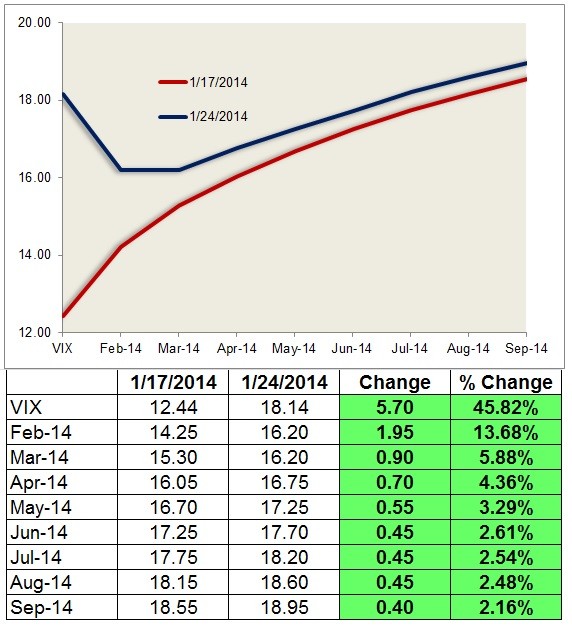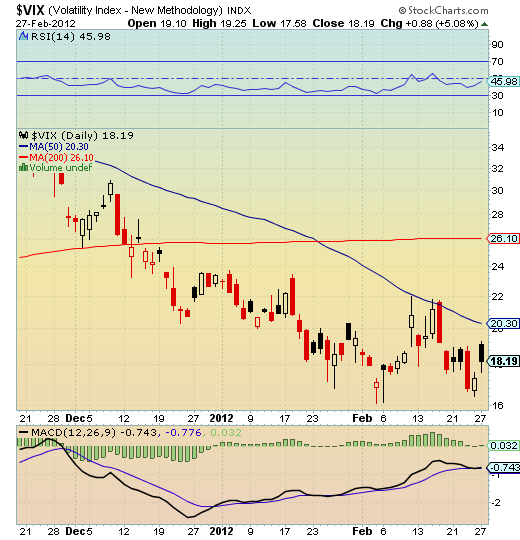Determining Market Direction With VIX_1
Post on: 23 Апрель, 2015 No Comment

A Google search on VIX yields some unexpected pages: the name of a Czech rock band, a swim wear catalog and the Vienna Internet Exchange. Interesting stuff, but not quite what we had in mind. The CBOE’s VIX is a popular market-timing indicator. Let’s take a look at how VIX is constructed and how investors can use it to evaluate U.S. equity markets.
What Is the VIX?
VIX is the symbol for the Chicago Board Options Exchange’s volatility index. It is a measure of the level of implied volatility. not historical or statistical volatility. of a wide range of options, based on the S&P 500. This indicator is known as the investor fear gauge, because it reflects investors’ best predictions of near-term market volatility, or risk. In general, VIX starts to rise during times of financial stress and lessens as investors become complacent. It is the market’s best prediction of near-term market volatility. (For more on the impact of volatility on the market read Volatility’s Impact on Market Returns . )
Implied volatility is the expected volatility of the underlying. in this case a wide range of options on the S&P 500 Index. It represents the level of price volatility implied by the option markets, not the actual or historical volatility of the index itself. If implied volatility is high, the premium on options will be high and vice versa. Generally speaking, rising option premiums, if we assume all other variables remain constant, reflect rising expectation of future volatility of the underlying stock index, which represents higher implied volatility levels.
Figure 1 shows the VIX, in the summer of 2003, flirting with extreme lows, dipping to near or below 20. A look at Figure 2 should be an eye opener, as it shows that each time the VIX has declined below 20, a major sell-off has taken place shortly after. Whenever the VIX dips below 20, the stock market marks a medium-term top. As the VIX is breaking below 20 in Figure 1, it indicates that the investment crowd is extremely complacent about the current outlook, having little reason to worry.
Figure 2 — Daily VXN, oscillator and S&P 500. Source: MetaStock Professional.

It’s interesting to note that the VXN, which is the symbol for the implied volatility index of the Nasdaq 100 index, is even more bearish at the end of the summer of 2003. In Figure 2, the VXN, which is calculated the same way as the VIX, dropped to levels not seen since the complacent summer of 1998, when the VXN was below 29.5. A major sell-off had ensued almost immediately.
At that time it was certainly reasonable to expect stock averages to move higher still, but also for them to be accompanied by even lower VXN and VIX levels. History shows, however, that complacent investors may be punished with falling prices, unless they heed the warnings of this quite reliable indicator. (To learn about another reliable indicator read The Most Reliable Indicator You’ve Never Heard Of . )
The Bottom Line
Remember, there is a risk of loss, with trading options and futures, so trade with risk capital only. Past performance does not guarantee future results.














